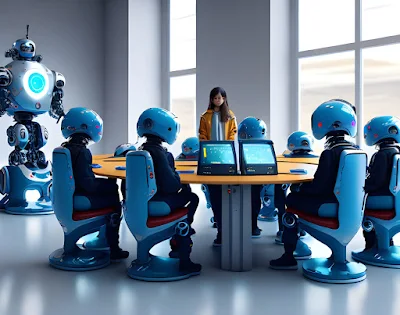“EdX: Revolutionizing Global Education through Open Source Learning and Accessibility”
EdX is an online learning platform founded in 2012 by Harvard University and Massachusetts Institute of Technology (MIT).
Since then, it has grown into a leading platform offering a wide range of courses from universities and institutions around the world.
The platform's mission is to provide quality education to learners around the world and break down traditional barriers to accessing knowledge.
EdX offers a variety of courses including computer science, business, science, engineering, and humanities.
These courses are designed to be accessible to anyone with an internet connection and allow learners to work at their own pace.
A key feature of EdX is its commitment to open source learning.
The platform's source code is freely available, allowing institutions and individuals to contribute to its development.
This collaborative approach reflects the platform's focus on innovation and adaptability in the rapidly changing landscape of online education.
EdX uses a variety of teaching methods, including video lectures, interactive quizzes, and peer-reviewed assignments.
Many courses also offer certificates of completion or verified certificates that provide learners with tangible evidence of their newly acquired skills.
Additionally, EdX has collaborated with various organizations and companies to develop MicroMasters and professional certification programs that enable learners to gain more specialized knowledge and qualifications.
The platform's global reach is significant, with millions of learners from diverse backgrounds taking courses in multiple languages.
EdX's commitment to accessibility extends to its financial model, with many courses available to audit for free and fees only applicable to courses leading to a certificate or higher qualification.
In summary, EdX is considered a pioneer in online education, leveraging technology to deliver high-quality learning experiences to a broad and diverse audience.
EdX's collaborative and open source approach, combined with its commitment to flexibility and accessibility, has made it a key player in the evolving digital education landscape.










